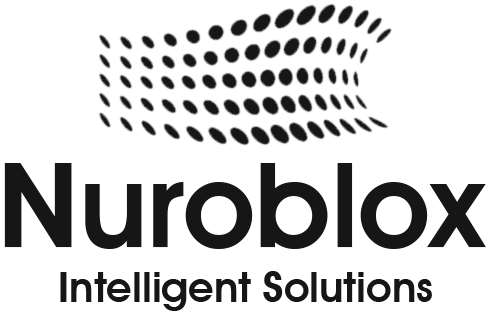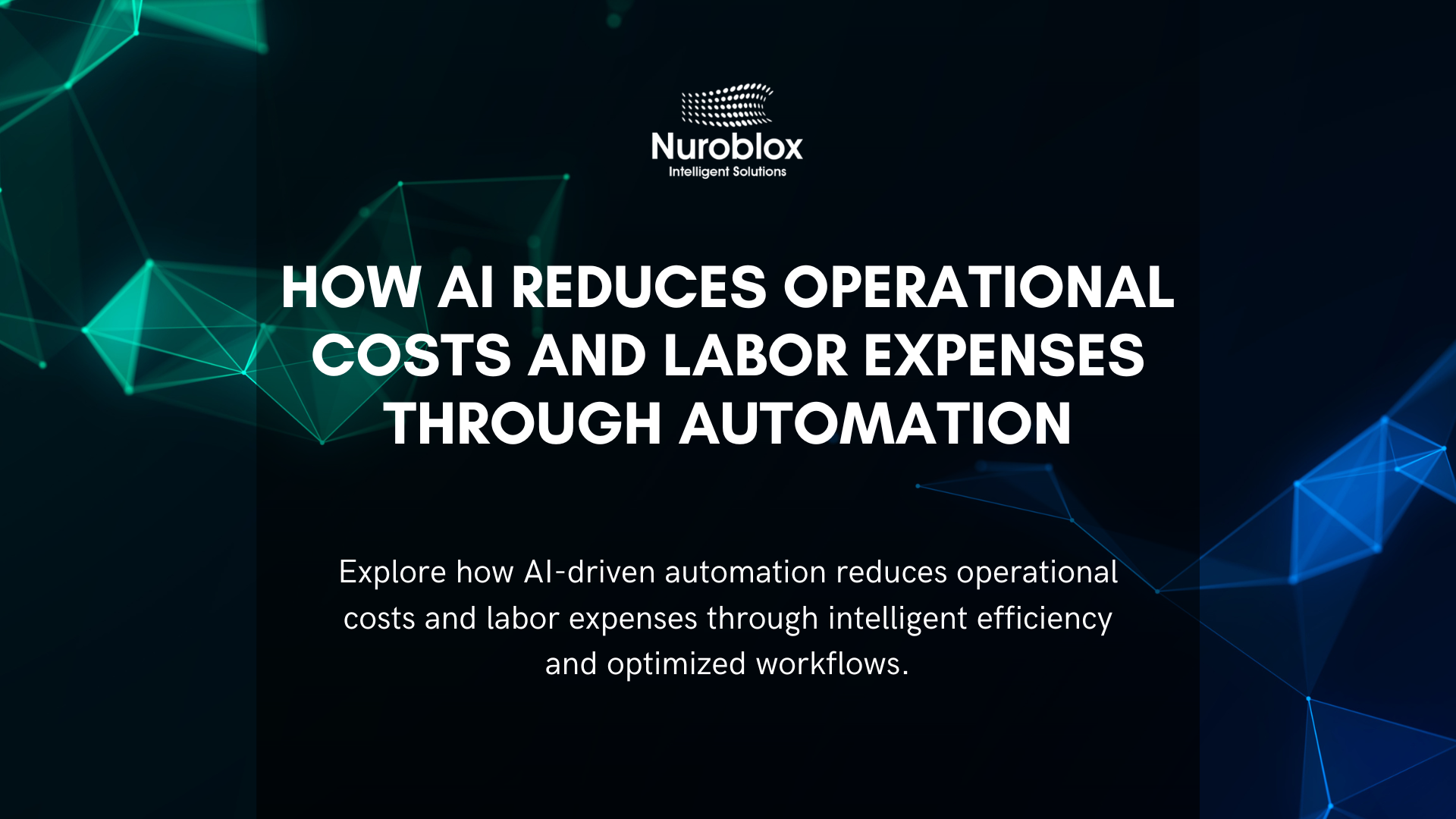How AI Reduces Operational Costs and Labor Expenses Through Automation
Artificial intelligence is fundamentally transforming how businesses manage operational expenses and labor costs. Organizations implementing AI-powered automation are reporting operational cost reductions of 20-35% while simultaneously improving productivity and service quality. This comprehensive guide explores the concrete mechanisms through which AI automation delivers measurable financial benefits, the specific areas where organizations see the greatest savings, and practical strategies for implementation that generate real, measurable ROI.
Whether you’re a Fortune 500 enterprise or a mid-market organization, understanding how to leverage AI for cost reduction isn’t just about staying competitive, it’s about ensuring long-term financial sustainability. This guide provides actionable insights into cost reduction through automation.
Understanding the AI Automation Cost Reduction Framework
The relationship between AI automation and operational cost reduction isn’t mysterious or complicated. It operates on straightforward economic principles – eliminate redundant tasks, reduce human error, accelerate processes, and reallocate skilled workers to higher-value activities. What makes AI different from previous automation technologies is its ability to learn from data, adapt to variations, and handle complex, non-linear business processes that traditional rules-based systems couldn’t manage effectively.
How AI Directly Reduces Labor Expenses
Automating Repetitive, High-Volume Tasks
The most immediate cost savings come from automating repetitive, manual tasks that consume enormous amounts of employee time. These aren’t typically high-skilled activities, they’re the operational backbone that keeps organizations running – data entry, invoice processing, customer inquiry routing, report generation, and schedule management. According to industry research, employees spend approximately 40% of their working time on tasks that could be automated, representing a massive untapped opportunity for cost reduction.
Consider a typical finance department processing 50,000 invoices monthly. If each invoice requires 5 minutes of human review, data entry, and approval routing, that’s over 4,000 hours annually roughly two full-time employees dedicated entirely to invoice processing. An AI-powered document processing system can handle this same workload in a fraction of the time, with fewer errors, at a fraction of the cost. The labor cost savings from this single process can be substantial.
Key automation targets include –
- Invoice and receipt processing
- Customer service inquiries and routing
- Data entry and form processing
- Report generation and distribution
- Appointment scheduling and reminders
- Compliance documentation processing
Reducing Human Error and Associated Costs
Human error isn’t just frustrating, it’s expensive. A misplaced decimal point in financial records, an invoice routed to the wrong department, or a customer database entry with incorrect information creates downstream costs far exceeding the original task’s value. These errors necessitate correction time, create compliance risks, damage customer relationships, and can result in regulatory penalties.
AI systems operating on intelligent process automation maintain consistent accuracy rates of 99%+ across repetitive tasks, effectively eliminating entire categories of error-related costs. For organizations processing thousands of transactions daily, even a 2-3% reduction in error rates translates to significant savings; both in direct correction costs and in avoided penalties or customer relationship damage.
Enabling 24/7 Operations Without Additional Labor Costs
AI systems don’t require rest, vacation time, or shift premiums. Once deployed, they operate continuously at consistent performance levels. For customer service operations, this means handling inquiries across all time zones without expanding the human workforce proportionally. A single AI chatbot deployed on a customer service platform can handle hundreds of routine inquiries simultaneously questions about shipping status, return processes, billing inquiries that previously required human agents.
The math is straightforward – if your organization currently maintains a 24/7 customer service operation with rotating shifts, you’re likely employing 3-4 times the number of agents you’d need for a single shift. AI agents can supplement or replace a significant portion of this workforce while providing faster response times.
Operational Cost Reduction Through Efficiency Gains
Accelerating Process Completion Times
AI automation doesn’t just eliminate tasks, it dramatically accelerates the remaining processes. Consider loan approval workflows that traditionally require days of processing – verifying employment, confirming income, checking credit history, compiling documentation, and obtaining management approval. An intelligent automation system can complete these steps in minutes by simultaneously accessing multiple data sources, cross-referencing information, and flagging exceptions.
Faster process completion creates multiple cost benefits –
- Reduced working capital tied up in incomplete transactions
- Faster revenue recognition
- Improved customer satisfaction and retention
- Reduced operational support needs for customer inquiries about status
- Lower costs from expedited handling or priority processing
A financial services organization processing 10,000 loan applications monthly sees dramatic improvements when automation reduces average processing time from 48 hours to 4 hours. Beyond faster approvals, this efficiency directly reduces the labor hours required to handle customer inquiries about application status.
Consolidating and Optimizing Workforce Allocation
AI automation reveals genuine opportunities to reduce workforce size without reducing output but more importantly, it identifies opportunities to redeploy staff to higher-value activities. A customer service representative previously spending 6 hours daily on routine inquiries now spends that time developing customer relationships, solving complex problems, or pursuing sales opportunities. This reallocation transforms low-value labor into high-value labor.
For many organizations, this workforce restructuring represents the largest financial benefit of automation. Rather than eliminating employees, organizations improve their competitive position by –
- Redirecting talent to customer relationships and strategic initiatives
- Reducing hiring and training costs by serving higher volumes with existing staff
- Improving employee satisfaction through more engaging work
- Building institutional knowledge in critical areas
Eliminating Infrastructure and Support Costs
Each manual process requires infrastructure – physical space, systems access, software licenses, and management oversight. When you automate 60% of invoice processing, you don’t just eliminate labor costs, you reduce software license requirements, free up office space, and eliminate the need for additional management oversight.
This often-overlooked aspect of cost reduction compounds over time. AI workflow automation consolidates multiple legacy systems, reduces manual handoffs, and simplifies infrastructure requirements. An organization consolidating three separate systems into a single unified automation platform realizes ongoing cost savings from reduced licensing, maintenance, and IT support expenses.
Real-World Cost Reduction Examples
Financial Services Automation Case
A mid-sized insurance company implemented intelligent process automation for claims processing. The
results illustrate typical cost reduction patterns –
- Claims processing time – reduced from 7 days to 24 hours
- Manual review requirement – reduced from 100% to 15% for routine claims
- Staff requirement – reduced from 45 to 22 claims processors
- Error rate – reduced from 3.2% to 0.3%
- Annual labor savings – $1.2 million
- Additional benefit – 40% increase in customer satisfaction scores
Manufacturing Operations Automation
A manufacturing company deployed AI-driven predictive maintenance and workflow orchestration systems for production scheduling and equipment monitoring –
- Unplanned downtime – reduced by 45%
- Production scheduling optimization – improved asset utilization by 28%
- Quality control staff requirement – reduced by 60% through automated visual inspection
- Annual operational cost reduction – $2.8 million
- Additional benefit – 22% improvement in on-time delivery performance
Healthcare Administrative Automation
A healthcare network implemented intelligent document processing and appointment scheduling automation –
- Administrative staff time on scheduling – reduced by 80%
- Patient billing inquiries resolved – improved from 2-day response to 2-hour response
- Coding accuracy – improved from 91% to 99.2%
- Staff positions eliminated through attrition – 35 positions
- Annual labor and compliance savings – $1.9 million
Strategic Implementation for Maximum Cost Reduction
Identifying High-Impact Automation Opportunities
Not all processes generate equal returns. Effective cost reduction requires identifying processes where automation delivers maximum financial benefit. The most valuable candidates share common characteristics –
High-volume, repetitive processes generate maximum labor savings because each hour automated multiplies across thousands of instances. Processes completing millions of times annually create opportunities for significant absolute savings even if individual task savings appear modest.
Processes with high error rates generate hidden cost savings by reducing corrections, rework, and associated compliance or customer relationship damage.
Processes crossing multiple systems or requiring manual data transfer create opportunities for dramatic efficiency improvements through AI orchestration that simultaneously eliminates labor and accelerates completion.
24/7 processes generate substantial savings because AI handles round-the-clock operations without requiring expensive shift premiums or expanding headcount proportionally.
Phased Implementation Approach
Rather than attempting organization-wide transformation, effective cost reduction strategies emphasize phased implementation –
- Pilot phase – Select 1-2 high-impact processes with clear measurement criteria
- Measurement phase – Establish baseline metrics (labor hours, error rates, processing time, costs)
- Deployment phase – Implement automation with parallel validation periods
- Optimization phase – Refine automation parameters based on actual performance
- Scale phase – Expand to additional processes based on proven ROI
This approach builds organizational confidence in automation, generates case studies that drive broader adoption, and allows IT teams to build expertise incrementally.
Technology Selection and ROI Calculation
Selecting appropriate automation technology directly impacts cost reduction outcomes. Different scenarios require different approaches –
Robotic process automation (RPA) works well for rules-based processes with clear decision logic and stable system interfaces. AI-powered intelligent automation handles more complex scenarios with variation and judgment requirements.
No-code and low-code automation platforms enable rapid implementation and reduce IT resource requirements, typically showing faster ROI than custom development approaches.
Calculate automation ROI using straightforward methodology –
- Annual labor cost for current manual process
- Minus – software licensing, implementation, and maintenance costs
- Equals – net annual savings
Most automation projects show positive ROI within 6-18 months, with savings accelerating in subsequent years as implementation and training costs are amortized.

Change Management and Workforce Transition
The most significant implementation challenge isn’t technical, it’s organizational. Employees naturally resist automation that threatens their roles. Successful implementation requires transparent communication about automation’s true purpose – not workforce elimination, but workforce reallocation toward higher-value activities.
Organizations achieving the greatest cost reduction benefits treat automation as workforce augmentation rather than replacement. Employees previously executing routine tasks transition to quality assurance, exception handling, customer relationship management, or process improvement activities.
Integration with Existing Systems
Legacy systems that don’t communicate create obstacles to effective automation. Successful AI workflow automation often requires API development, data consolidation, or managed integration platforms that simplify system communication.
Measuring and Tracking ROI
Clear measurement frameworks ensure cost reduction initiatives deliver promised benefits. Track –
- Labor hours eliminated or redeployed
- Error rate improvements
- Process cycle time improvements
- Cost per transaction reduction
- Customer satisfaction changes
- Employee engagement and retention metrics
Featured Snippet Opportunities
Cost Reduction Through Automation – Quick Facts Table
| Category | Typical Savings | Timeline |
| Invoice Processing | 40-60% labor reduction | 6-9 months |
| Customer Service | 50-70% routine inquiry resolution | 3-6 months |
| Data Entry | 80-95% labor elimination | 3-6 months |
| Report Generation | 60-80% time reduction | 2-4 months |
| Compliance Documentation | 50-70% processing time | 4-8 months |
Conclusion – Transform Your Cost Structure Through AI Automation
How AI reduces operational costs and labor expenses through automation isn’t theoretical, it’s demonstrable, measurable, and achievable for organizations of any size. By automating high-volume repetitive tasks, reducing errors, enabling 24/7 operations, and accelerating process completion, organizations achieve 20-35% operational cost reductions while simultaneously improving quality and customer satisfaction.
The organizations capturing the greatest financial benefits aren’t those pursuing aggressive workforce reduction. Instead, they’re companies strategically deploying AI-powered automation to eliminate low-value manual work, reallocate talent toward strategic initiatives, and build sustainable competitive advantages. The path forward requires identifying high-impact processes, selecting appropriate automation technology, and implementing changes through phased approaches that build organizational confidence and demonstrate clear ROI.
The question isn’t whether to automate, it’s how quickly your organization can implement automation and capture the competitive and financial benefits that automation delivers. With technology and implementation approaches now mature and accessible, the cost-reduction opportunity is available today. Discover how intelligent process automation and AI workflow automation can transform your organization’s cost structure and operational efficiency.


